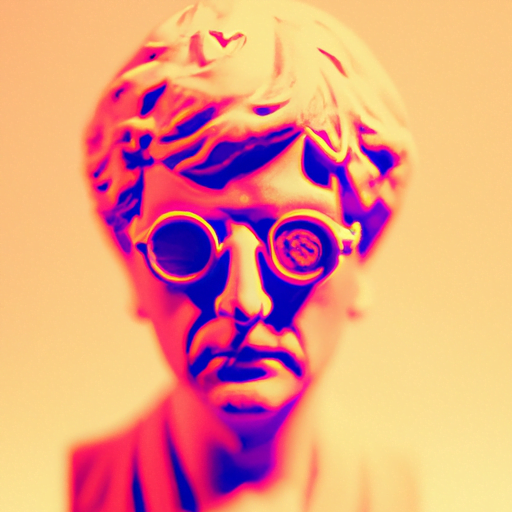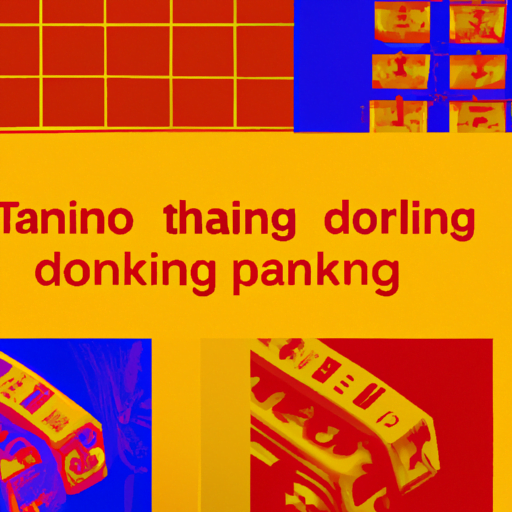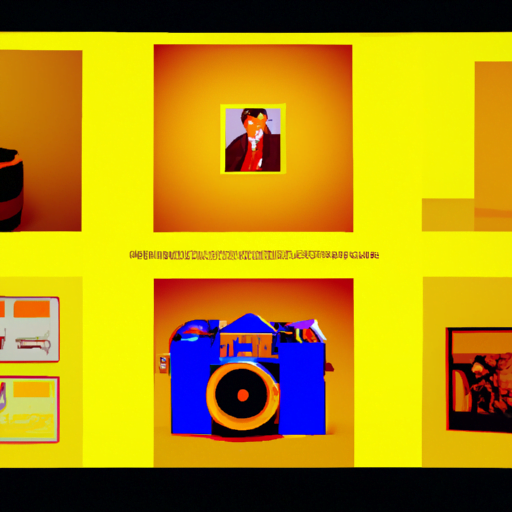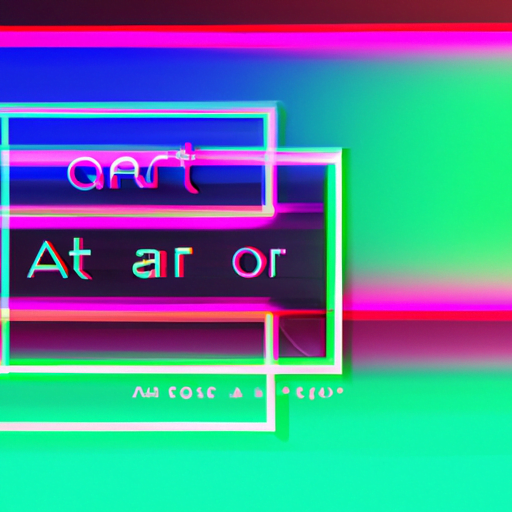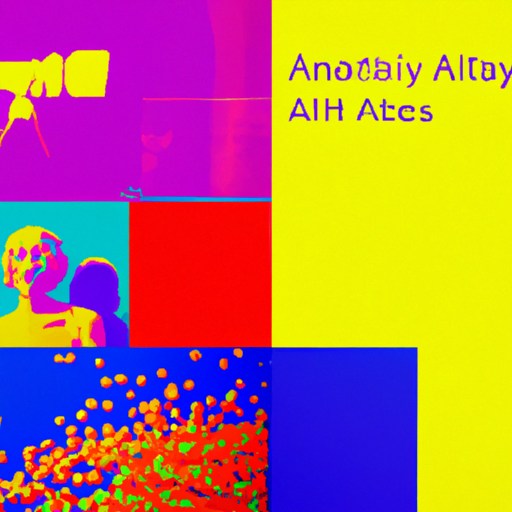-
Table of Contents
The Impact of Blockchain Technology on Graphic Design
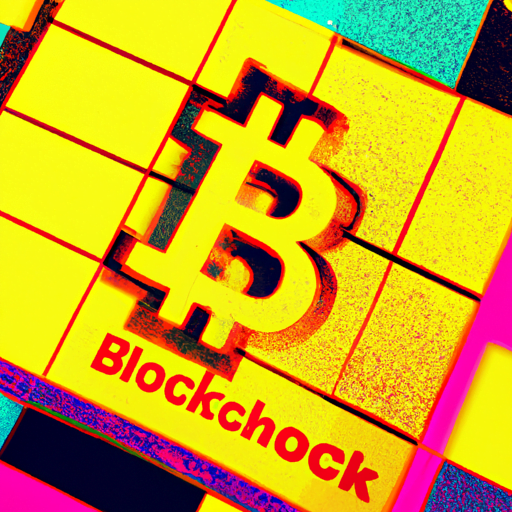
Blockchain technology has gained significant attention in recent years, revolutionizing various industries such as finance, supply chain management, and healthcare. However, its impact on the field of graphic design is often overlooked. In this article, we will explore how blockchain technology is transforming the graphic design industry, from copyright protection to decentralized marketplaces.
1. Copyright Protection
One of the most significant challenges faced by graphic designers is copyright infringement. With the ease of digital reproduction, it has become increasingly difficult to protect original designs from being copied or stolen. Blockchain technology offers a potential solution to this problem.
By utilizing blockchain, designers can create a digital record of their work, including the date and time of creation. This immutable record serves as proof of ownership and can be used to establish copyright claims in case of infringement. Additionally, blockchain can enable the automatic registration of copyright, eliminating the need for costly and time-consuming legal processes.
For example, the company Mediachain developed a decentralized media library that uses blockchain technology to link digital content with its creators. This allows designers to assert their ownership rights and track the usage of their designs across the internet.
2. Royalty Payments and Licensing
Blockchain technology also has the potential to revolutionize the way graphic designers receive royalty payments and license their work. Currently, designers often face challenges in tracking and receiving fair compensation for their designs.
With blockchain, smart contracts can be utilized to automate royalty payments. These contracts can be programmed to distribute payments to designers whenever their designs are used or sold. This eliminates the need for intermediaries and ensures that designers receive their fair share of revenue.
Furthermore, blockchain can facilitate the licensing process by providing a transparent and decentralized marketplace. Designers can list their work on blockchain-based platforms, allowing potential buyers to browse and purchase designs directly from the creators. This disintermediation reduces costs and increases the efficiency of the licensing process.
One example of such a platform is Creativechain, a blockchain-based marketplace for digital content. It enables designers to sell their work directly to buyers, eliminating the need for traditional intermediaries and reducing transaction fees.
3. Authenticity and Trust
Authenticity is a crucial aspect of graphic design, especially in the digital age where counterfeit designs can easily be created and distributed. Blockchain technology can provide a solution by ensuring the authenticity and trustworthiness of designs.
By storing design information on a blockchain, it becomes nearly impossible to alter or tamper with the original work. This creates a transparent and verifiable record of the design’s history, establishing trust between designers and clients.
For instance, Verisart is a platform that uses blockchain technology to certify and verify the authenticity of artworks. This technology can be extended to graphic design, allowing designers to prove the authenticity of their work and build trust with clients.
4. Collaborative Design and Intellectual Property
Collaboration is an essential aspect of graphic design, often involving multiple designers working together on a project. However, sharing and protecting intellectual property rights can be challenging in such scenarios.
Blockchain technology can facilitate collaborative design by providing a secure and transparent platform for sharing and protecting intellectual property. Designers can use blockchain to establish ownership rights and define the terms of collaboration through smart contracts.
By utilizing blockchain, designers can ensure that their contributions are properly recognized and rewarded. This encourages collaboration and innovation within the graphic design community.
5. Tokenization of Digital Assets
Blockchain technology enables the tokenization of digital assets, including graphic designs. This opens up new possibilities for designers to monetize their work and create unique digital assets.
Designers can tokenize their work by creating non-fungible tokens (NFTs) on a blockchain. These tokens represent ownership of a specific design and can be bought, sold, or traded on blockchain-based marketplaces.
This tokenization allows designers to create scarcity and exclusivity for their designs, similar to limited edition prints in the traditional art world. Collectors and enthusiasts can purchase these digital assets, providing designers with a new revenue stream.
An example of this is the CryptoPunks project, where 10,000 unique 24×24 pixel art images were created and sold as NFTs. These digital assets gained significant value over time, with some selling for millions of dollars.
Summary
Blockchain technology is transforming the graphic design industry in various ways. From copyright protection to royalty payments and licensing, blockchain offers solutions to long-standing challenges faced by designers. By ensuring authenticity, facilitating collaboration, and enabling the tokenization of digital assets, blockchain is reshaping the future of graphic design.
As the technology continues to evolve, it is essential for graphic designers to embrace blockchain and explore its potential applications. By doing so, designers can protect their work, receive fair compensation, and unlock new opportunities in the digital age.


